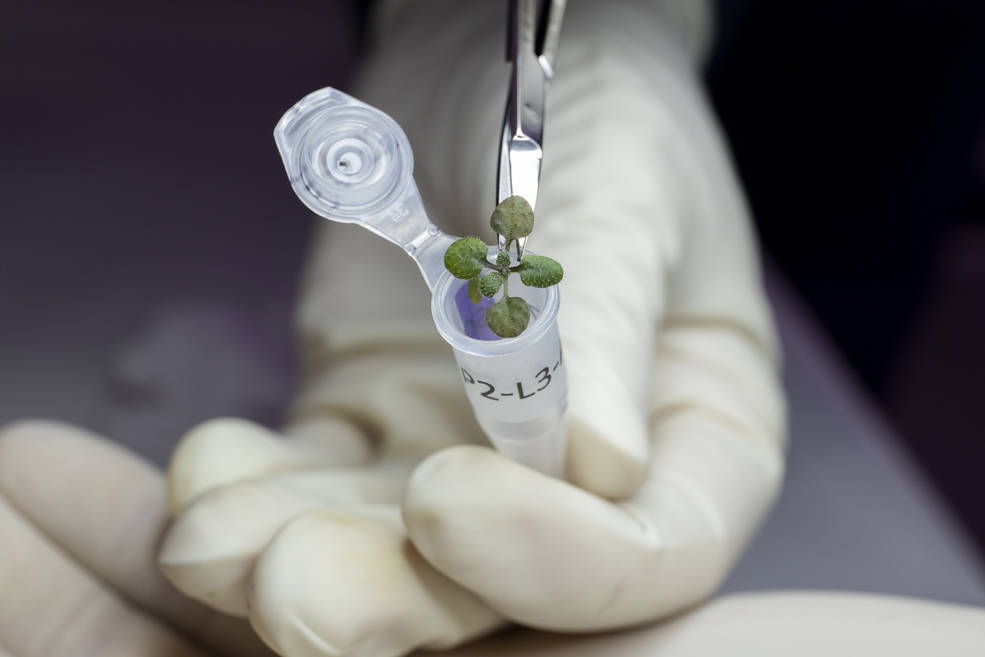Washington: Scientists have grown plants in soil from the Moon, a first in human history and a milestone in lunar and space exploration.
A team from the University of Florida showed that plants can successfully sprout and grow in lunar soil, a first step toward one day growing plants for food and oxygen on the Moon or during space missions.
Their study, published in the journal Communications Biology, also investigated how plants respond biologically to the Moon’s soil, also known as lunar regolith, which is radically different from soil found on Earth.
The lunar soil – 12 grams or just a few teaspoons – was collected during the Apollo 11, 12 and 17 missions to the Moon.
To grow their tiny lunar garden, the researchers used thimble-sized wells in plastic plates normally used to culture cells.
Each well functioned as a pot. Once they filled each “pot” with approximately a gram of lunar soil, the scientists moistened the soil with a nutrient solution and added a few seeds from the Arabidopsis plant.
Arabidopsis is widely used in the plant sciences because its genetic code has been fully mapped.
As points of comparison, the researchers also planted Arabidopsis in JSC-1A, a terrestrial substance that mimics real lunar soil, as well as simulated Martian soils and terrestrial soils from extreme environments. The plants grown in these non-lunar soils were the experiment’s control group.
The results showed that nearly all the seeds planted in the lunar soils sprouted.
“We were amazed. We did not predict that. That told us that the lunar soils didn’t interrupt the hormones and signals involved in plant germination,” said Anna-Lisa Paul, research professor of horticultural sciences at the varsity.
The sprouted “plants helped establish that the soil samples brought back from the moon did not harbour pathogens or other unknown components that would harm terrestrial life, but those plants were only dusted with the lunar regolith and were never actually grown in it,” Paul added.
However, as time went on, the researchers observed differences between the plants grown in lunar soil and the control group. For example, some of the plants grown in the lunar soils were smaller, grew more slowly or were more varied in size than their counterparts.
These were all physical signs that the plants were working to cope with the chemical and structural make-up of the Moon’s soil, Paul explained. This was further confirmed when the researchers analysed the plants’ gene expression patterns.
“At the genetic level, the plants were pulling out the tools typically used to cope with stressors, such as salt and metals or oxidative stress, so we can infer that the plants perceive the lunar soil environment as stressful,” Paul said.
“Ultimately, we would like to use the gene expression data to help address how we can ameliorate the stress responses to the level where plants – particularly crops – are able to grow in lunar soil with very little impact to their health,” she noted.
IANS
